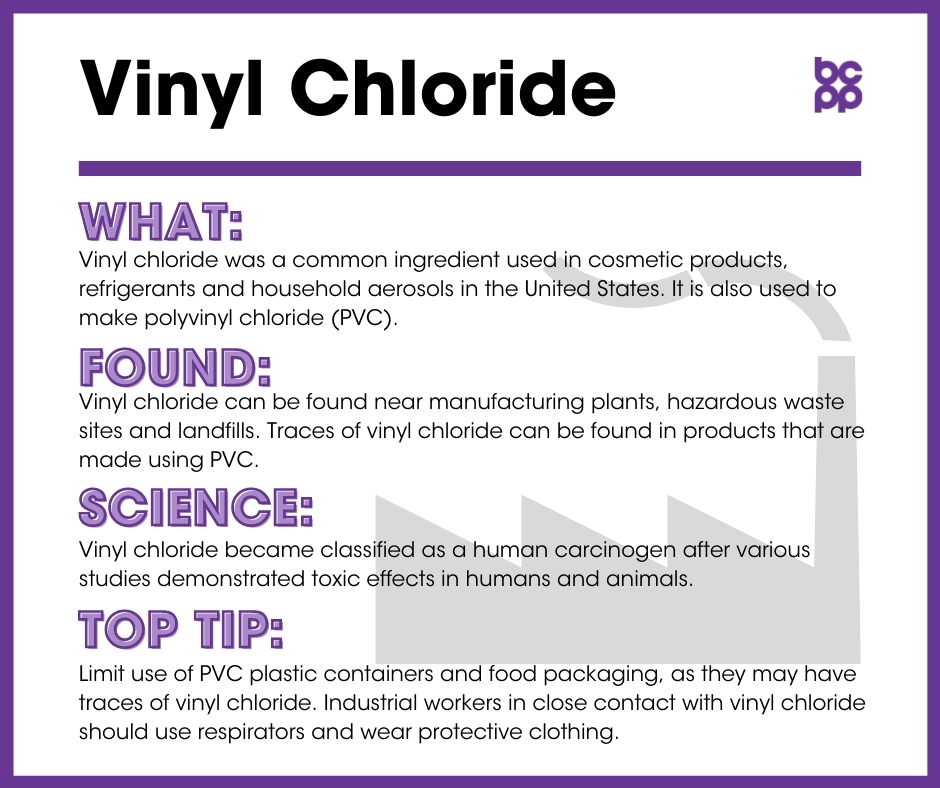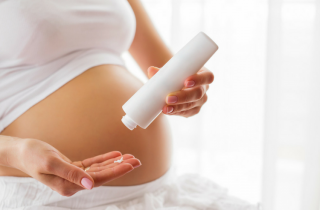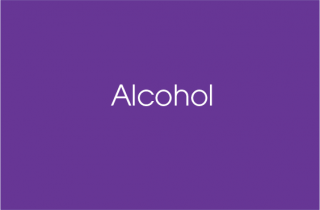Vinyl Chloride
What is vinyl chloride?
Vinyl chloride is a very important raw material, 95 percent of which is used in the production of polyvinyl chloride (PVC). PVC is a plastic with a wide array of consumer and industrial uses, such as water distribution systems, credit card production and numerous plastic products.[1] Vinyl chloride can be inhaled or absorbed through the skin.[2]
Where is vinyl chloride found?
Vinyl chloride can be found in measurable quantities near manufacturing and processing plants. It is also in hazardous waste sites as well as landfills. Following leaks, spills or improper disposal, vinyl chloride can also be detected in groundwater. Traces of vinyl chloride can be found in products that are made using PVC. [3] Vinyl chloride is also found in tobacco smoke.[4]
What evidence links vinyl chloride to breast cancer?
Vinyl chloride became classified as a human carcinogen after various studies demonstrated toxic effects in humans and animals.
- A study completed on retired teachers and administrators in California found breast cancer incidence to be linked with high levels of chemical exposure. Vinyl chloride was among these chemicals.[5]
- Research completed on women who worked in the manufacturing of plastics found elevated risks of breast cancer to be associated with exposure to chemicals, including vinyl chloride. [6]
- Contaminated drinking water at a Marine Corps base camp in North Carolina was found to cause an increased incidence of male breast cancer. The water contained detectable levels of vinyl chloride, among other chemicals.[7]
- Mice, hamsters and rats developed mammary gland tumors after being exposed to varying levels of vinyl chloride beginning at a young age. They also experienced shorter life spans.[8]
Who is most likely to be exposed to vinyl chloride?
People who work in vinyl chloride manufacturing or processing plants are most likely to be exposed. Residents who live near PVC production plants are also at risk of exposure.[9]
Who is most vulnerable to the health effects of is vinyl chloride?
Children may be more vulnerable to the cancer-causing effects of vinyl chloride.[10],
What are the top tips to avoid exposure?
- Limit use of PVC plastic containers and food packaging, as they may have traces of vinyl chloride.
- Industrial workers in close contact with vinyl chloride should use respirators and wear protective clothing.
- Avoid tobacco smoke[11]
Reviewed 2019
[2] Occupational Safety and Health Administration (OSHA). Occupational Safety and Health Standards, Toxic and Hazardous Substances. Code of Federal Regulations 29 CFR 1910.1017. 1998. https://www.osha.gov/laws-regs/regulations/standardnumber/1910/1910.1017.
[3] Agency for Toxic Substances and Disease Registry (ATSDR). “Public health statement for vinyl chloride, CAS #75-01-4.” Last modified July 2006. http://www.atsdr.cdc.gov/ToxProfiles/tp20-c1-b.pdf.
[4] World Health Organization. “Environmental Health Criteria 215: Vinyl Chloride.” Last modified November 30, 2004. https://apps.who.int/iris/bitstream/handle/10665/42217/WHO_EHC_215.pdf;jsessionid=638118A81D412E7B5C76CB16F1C9F166?sequence=1.
[5] Garcia, Erika et al. “Hazardous air pollutants and breast cancer risk in California teachers: a cohort study.” Environmental Health 14 (2015): 14. doi:10.1186/1476-069X-14-14.
[6] DeMatteo, Robert et al. “Chemical exposures of women workers in the plastics industry with particular reference to breast cancer and reproductive hazards.” New Solutions 22, 4 (2012): 427-48. doi:10.2190/NS.22.4.d.
[7] Ruckart, Perri Zeitz et al. “Evaluation of contaminated drinking water and male breast cancer at Marine Corps Base Camp Lejeune, North Carolina: a case control study.” Environmental Health 14 (2015): 74. doi:10.1186/s12940-015-0061-4.
[8] Drew, Rober T. et al. “The Effect of Age and Exposure Duration on Cancer Induction by a Know Carcinogen in Rats, Mice, and Hamsters.” Toxicology and Applied Pharmacology 68 (1983): 120-130. doi:10.1016/0041-008X(83)90361-7.
[9] Agency for Toxic Substances and Disease Registry (ATSDR). “Public health statement for vinyl chloride, CAS #75-01-4.” Last modified July 2006. http://www.atsdr.cdc.gov/ToxProfiles/tp20-c1-b.pdf.
[10] Agency for Toxic Substances and Disease Registry (ATSDR). “Public health statement for vinyl chloride, CAS #75-01-4.” Last modified July 2006. http://www.atsdr.cdc.gov/ToxProfiles/tp20-c1-b.pdf.
[11] World Health Organization. “Environmental Health Criteria 215: Vinyl Chloride.” Last modified November 30, 2004. https://apps.who.int/iris/bitstream/handle/10665/42217/WHO_EHC_215.pdf;jsessionid=638118A81D412E7B5C76CB16F1C9F166?sequence=1.






